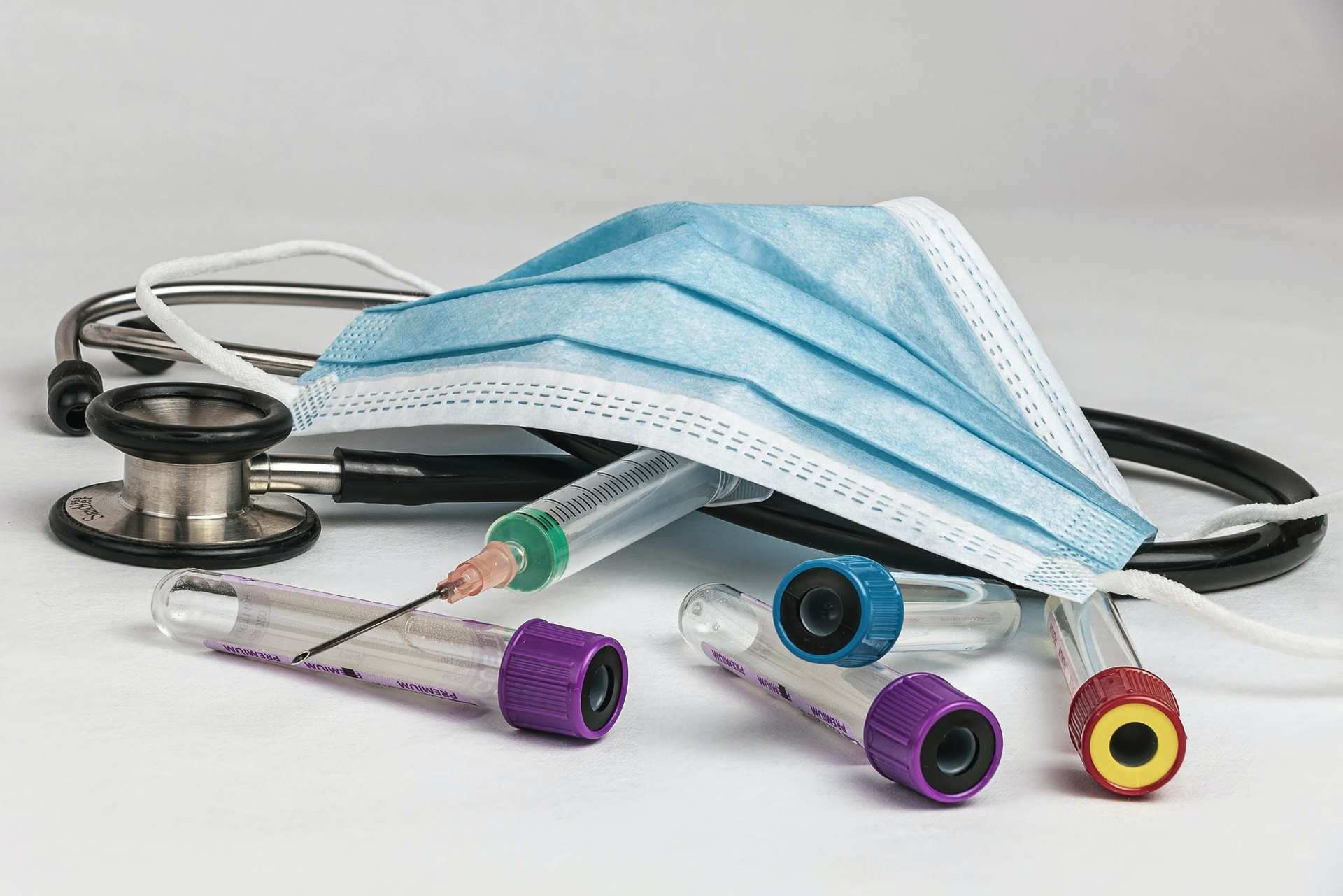
Medical device regulations define the standards that protect patient safety and ensure performance. Each jurisdiction applies its own legal framework, and in markets like the EU or Dubai, the classification systems can differ. Understanding these classifications helps avoid missteps during product development. Regulatory bodies assess devices based on risk, from simple instruments to complex implantables. By identifying the exact category early, manufacturers can prepare targeted compliance strategies. This step prevents delays that often occur when documentation mismatches regulatory expectations.
Core principles shaping regulatory frameworks
Regulations rest on principles of safety, performance, and transparency. Authorities require proof that a device performs as intended without compromising patient health. Safety testing protocols vary, yet all aim to detect flaws before market entry. Clinical evaluation plays a central role, ensuring claims match real-world performance. Traceability systems support post-market surveillance, enabling swift responses to emerging issues. The emphasis on documentation and evidence means companies must maintain a rigorous paper trail from design to delivery.
Classification systems and their impact on compliance
Different classes demand different levels of scrutiny. Low-risk devices face simpler routes, while high-risk products undergo deeper investigation. For example, a surgical instrument and an implantable cardiac device will require distinct documentation sets. Understanding these categories influences not only timelines but also resource allocation. Companies that misclassify their product can face significant setbacks. Proper classification aligns testing, clinical studies, and labeling with the authority’s specific demands, making approval smoother.
Regulatory submission processes and timelines
Submission processes involve compiling technical files, risk analyses, and supporting studies. These dossiers are reviewed by notified bodies or equivalent authorities. Timelines depend on the complexity of the device and the completeness of the file. Incomplete submissions extend the review period significantly. Some regions, including Dubai, have streamlined procedures for well-documented products, allowing faster market entry. Knowing the average timeline in each market helps set realistic launch expectations and investor communications.
Quality management systems as a compliance foundation
A robust quality management system ensures that every device leaving production meets the approved specifications. Standards like ISO 13485 serve as global benchmarks. These systems cover everything from supplier selection to final inspection. Continuous internal audits identify weaknesses before they become compliance risks. Properly maintained quality systems also facilitate smoother inspections from regulatory authorities. Companies with strong QMS records often experience fewer delays during audits.
Post-market surveillance and vigilance requirements
Approval does not end a manufacturer’s regulatory obligations. Post-market surveillance tracks device performance in real-world conditions. This includes reporting adverse events and implementing corrective actions promptly. Vigilance systems require structured reporting channels and trained personnel to manage incoming data. Authorities may request periodic safety update reports, which serve as proof of ongoing compliance. Failure to maintain robust surveillance can lead to product recalls or suspension of market authorization.
Local market considerations and cultural factors
In regions like Dubai, local health authorities may require cultural or linguistic adjustments to labeling and instructions. This ensures accessibility for diverse populations. For example, bilingual packaging in Arabic and English is common. Local distributors often assist in navigating these requirements, providing insight into patient expectations and healthcare provider preferences. Adapting to these nuances builds trust and strengthens brand reputation in competitive markets.
Technical documentation and design dossier essentials
Technical documentation serves as the backbone of any submission. It contains detailed descriptions, engineering drawings, risk management reports, and clinical data. Authorities use this dossier to verify that the device is safe and effective. The structure and content of these documents must match regulatory templates. Poorly organized files slow down evaluations, even if the device meets all technical requirements. Investing in clear, precise documentation saves both time and resources.
Navigating changes and regulatory updates
Regulatory landscapes evolve to reflect new scientific evidence and public health priorities. Authorities periodically update standards, introducing new testing methods or documentation formats. Manufacturers must monitor these changes and adjust processes accordingly. A change in classification rules or labeling requirements can impact ongoing projects. Staying informed through regulatory bulletins and industry forums helps companies adapt without losing momentum.
Strategic planning for global market entry
Companies aiming for multiple markets must coordinate compliance efforts across jurisdictions. Harmonizing documentation to meet several regulatory standards reduces duplication of work. Aligning product testing with the strictest target market often ensures compliance elsewhere. Strategic planning includes budgeting for regulatory fees, training staff on compliance procedures, and scheduling audits in sync with production cycles. A well-coordinated approach shortens the overall path to market.
This content was prepared by www.turkishdoctor.ae team, drawing on the latest regulatory insights and global best practices to guide medical device market readiness.

 then "Add to Home Screen"
then "Add to Home Screen"